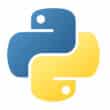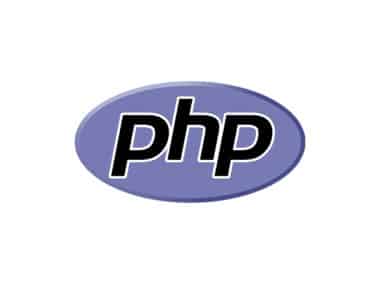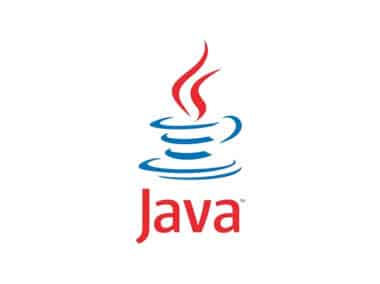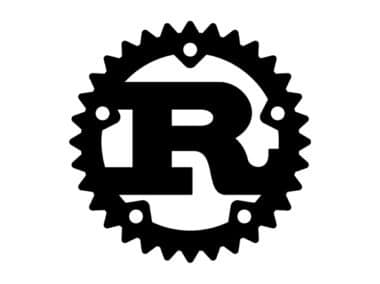Control structures are essential in programming as they allow us to control the flow of execution of a program. They are used to make decisions, iterate over sequences, and execute code blocks repeatedly. In Python, we have different types of control structures that we can use to achieve this.
if-else Statements
The if-else statement is one of the most commonly used control structures in Python. It allows us to execute a block of code when a given condition is true or false. If the condition is true, the code inside the if block is executed, otherwise, the code inside the else block is executed.
For instance, let us assume we want to write a program that checks if a given number is even or odd. We can use an if statement to check the number and output a message indicating whether the number is even or odd. Here is an example:
number = 10
if number % 2 == 0:
print("The number is even")
else:
print("The number is odd")
switch-case Statements
Some programming languages such as Java and C++ have a switch-case statement that can be used to simplify complex if-else statements. Unfortunately, Python does not have a switch-case statement, but we can achieve the same functionality using if-else statements.
for Loops
The for loop is another common control structure in Python that is used to iterate over a sequence of items. The loop executes a block of code for each item in the sequence. For example, let’s say we want to print out each item in a list:
fruits = ["apple", "banana", "mango", "orange"]
for fruit in fruits:
print(fruit)
Output:
apple
banana
mango
orange
while Loops
The while loop is used to execute a block of code repeatedly as long as a given condition is true. This control structure is often used when we do not know the exact number of times that we need to execute a code block. A classic example is when we want to take input from a user until they enter a specific input. Here is an example:
user_input = ""
while user_input != "quit":
user_input = input("Enter a value or type 'quit' to exit: ")
print("You entered:", user_input)
Output:
Enter a value or type 'quit' to exit: hello
You entered: hello
Enter a value or type 'quit' to exit: world
You entered: world
Enter a value or type 'quit' to exit: quit
You entered: quit
In summary, control structures are an essential part of Python programming language as they allow us to control the flow of execution and make our programs more efficient and effective. By mastering these control structures, we can write more complex and powerful programs.




